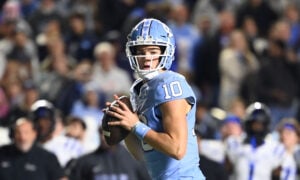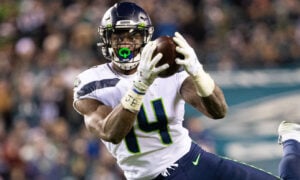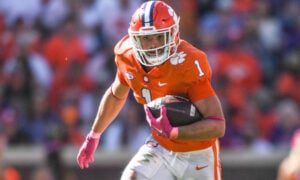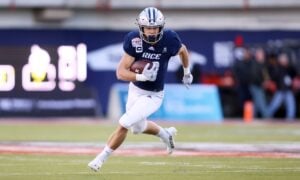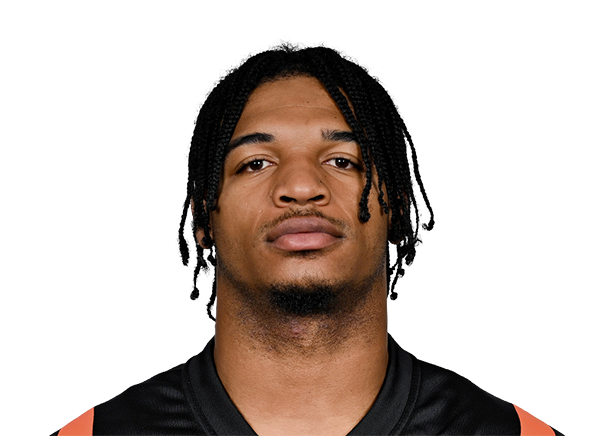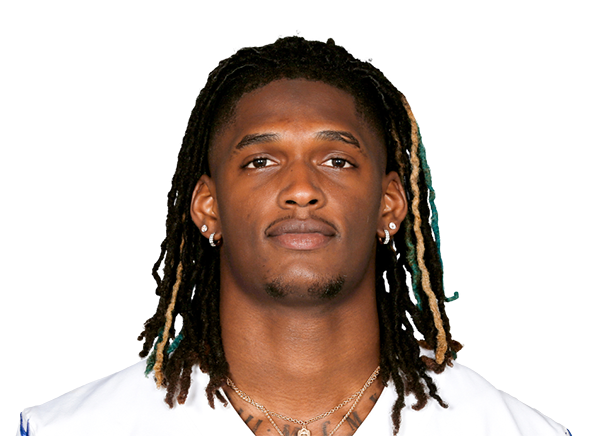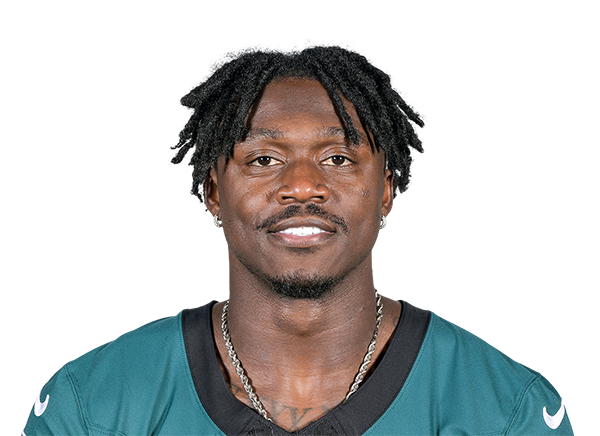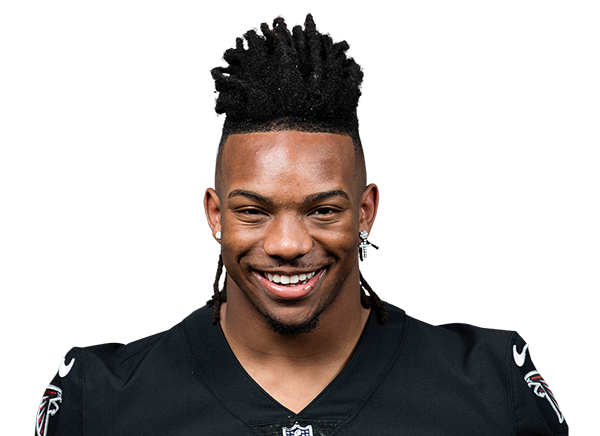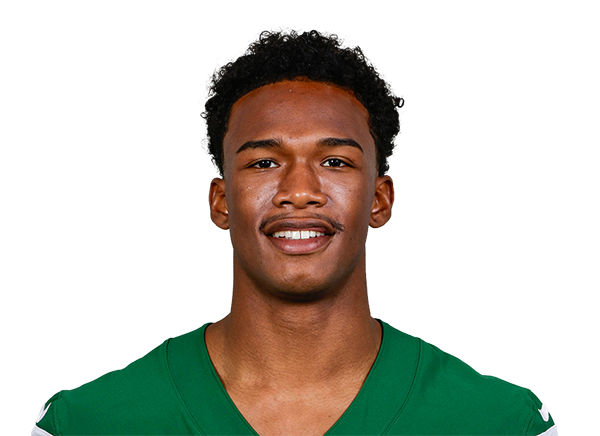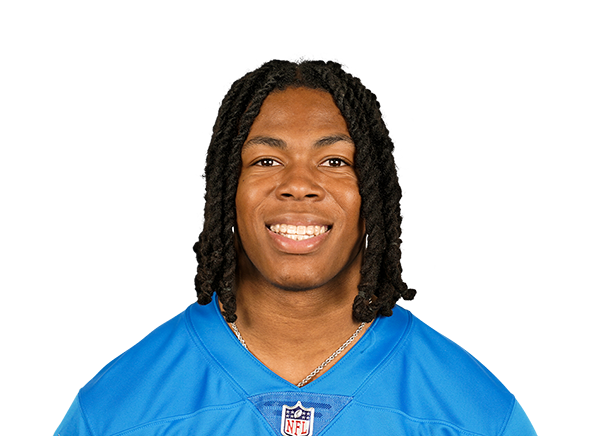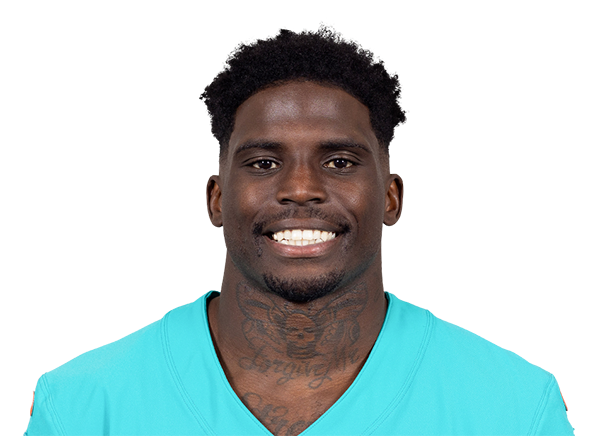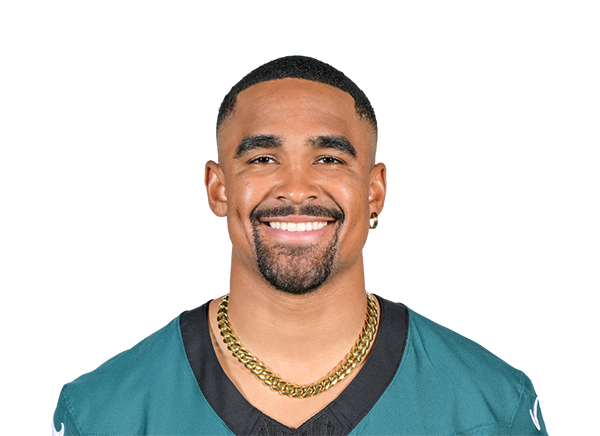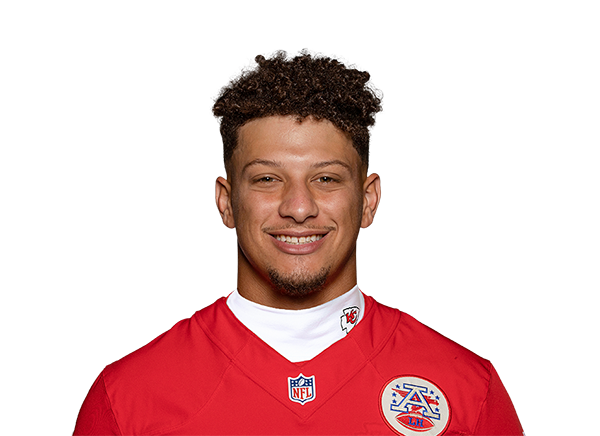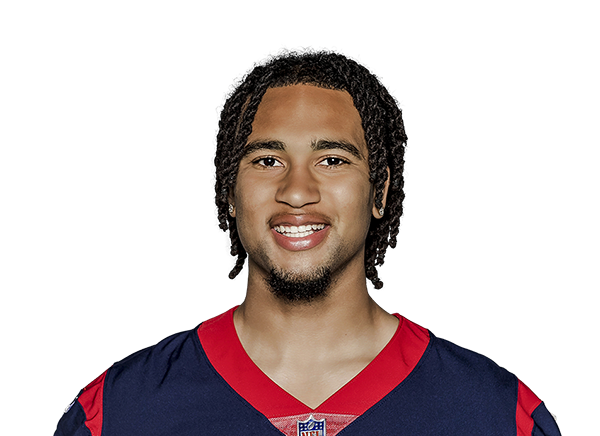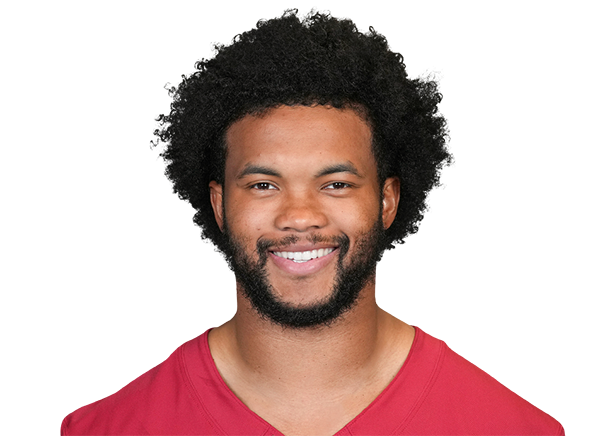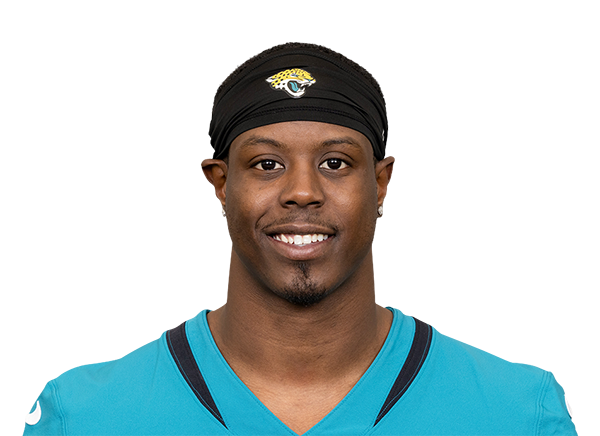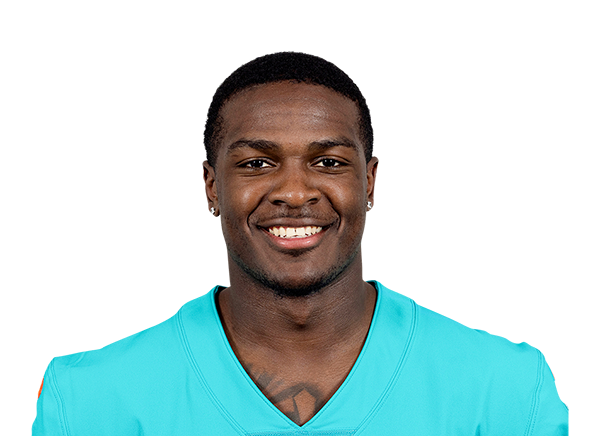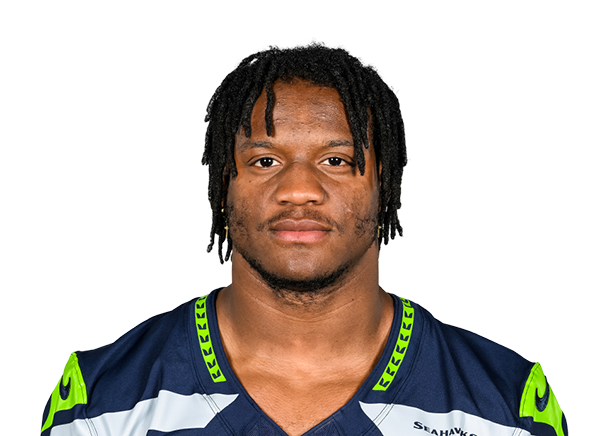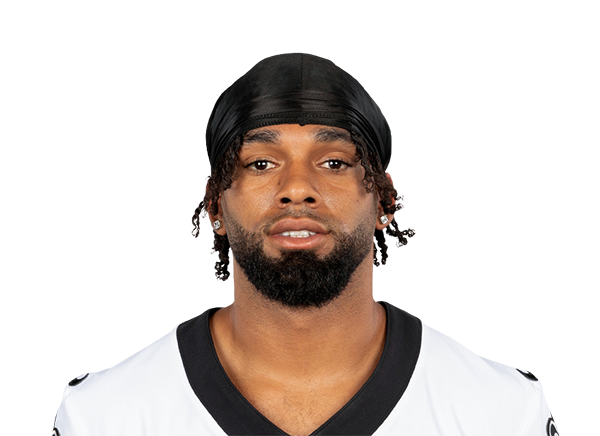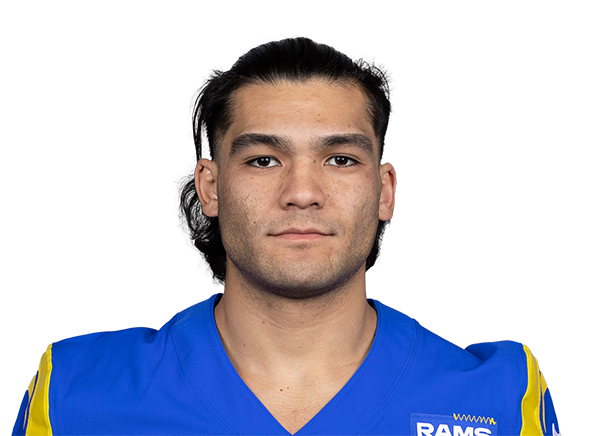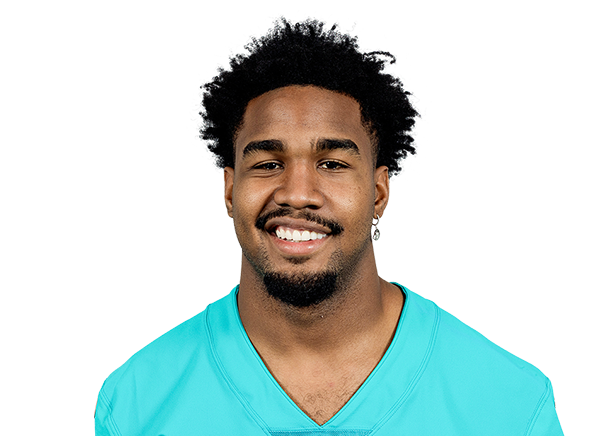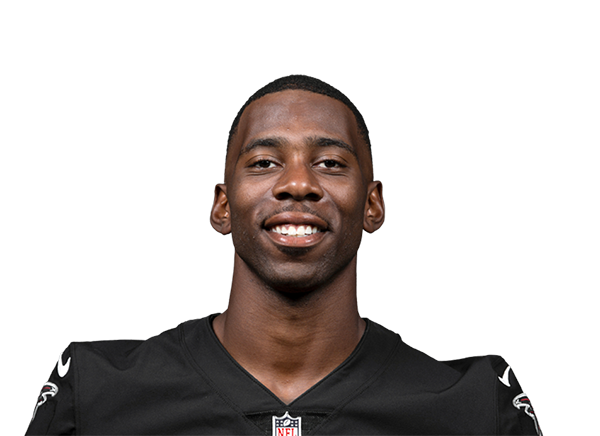Rookie Profile: D’Onta Foreman, RB Texas
When it comes to D’Onta Foreman, a 6-foot-0, 233-pound running back who logged 323 carries as a Junior out of Texas, fantasy analysts and draft pundits seem to take one of two sides.
We’ll start with the optimistic side. Foreman was a workhorse for Texas in 2016, averaging 29.36 carries per game and 184.4 rush yards per game. Because of his impressive stats and size/speed combination, he’s the RB6 in rookie drafts and is coming off the board at 1.11 on average according to DLF’s rookie ADP.
You might have heard by now that he did not compete in the NFL Combine due to a foot injury which may negatively affect his draft stock. But the big back redeemed himself with a strong showing at Texas’ pro-day in late March. There, Foreman silenced critics of his speed posting a 4.45 40-yard dash—the fastest by a back weighing 233-plus pounds since 2003. He also displayed good explosiveness with 33-inch vertical jump, another impressive mark for a back of his weight.
On the opposite side, the skeptical one, there are some who believe Foreman lacks the elusiveness, pass-catching or blocking skills to be a three-down back at the NFL level. That argument is justified by the fact that the Texas native logged just seven receptions, or a mere 2.1 percent of his 330 touches, in 11 games last season.
Skeptics may also point to Foreman’s ball security issues. He suffered six lost fumbles in those same 11 games. A possible scapegoat for his turnovers via a report from chron.com noted that Foreman was playing through a broken pinky for much of the season, an injury that eventually required surgery.
So let’s see if a deeper investigation into some of Foreman’s metrics and other attributes that he put on game film helps us to make a determination about his potential in the NFL.
[am4show have=’g1;’ guest_error=’sub_message’ user_error=’sub_message’ ]

Statistics from sports-reference.com.
It’s clear that Foreman was a true bell-cow in his final collegiate season. As mentioned above, he averaged an intense 29.36 carries per game and converted the workload into over 2,000 rushing yards and 15 touchdowns with six multi-touchdown games.
Foreman is the first Texas running back to rush for at least 1,000 yards since Jamaal Charles in 2007. He posted no fewer than 124 rushing yards in every game and averaged 184 rush yards per contest. But in terms of versatility: On paper, Foreman’s career-high seven receptions last season does not bode well for his outlook as a pass-catching back.
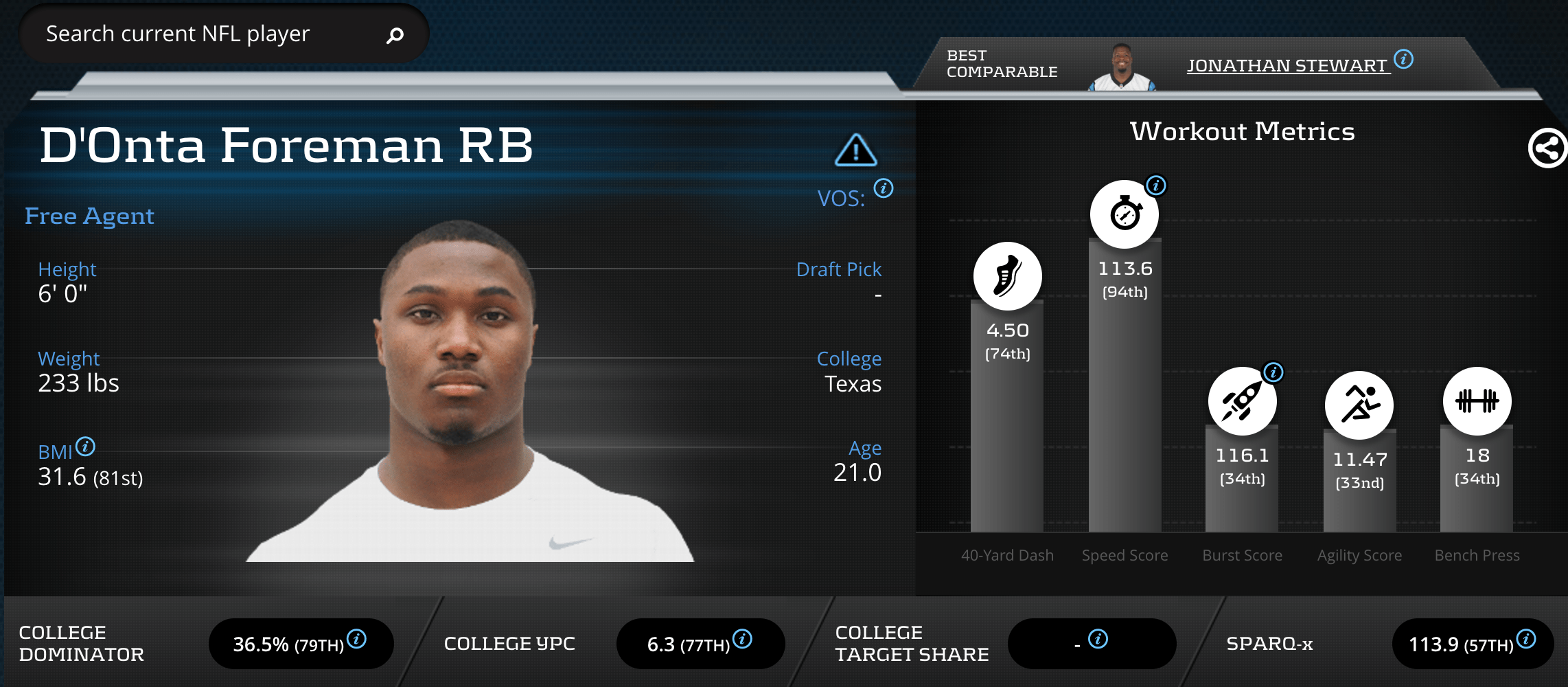
Foreman’s showing on Player Profiler again points to a balance of pros and cons. His Body Mass Index, or BMI, is 31.6 placing him in the 81st percentile and is an impressive number considering a 32.0 is recognized by the site as “extraordinary”. The Texas product also showed well on his Speed Score with a 94th percentile finish. That makes sense given the combination of his weight, 237 pounds and pro-day 40-yard dash mark of 4.45.
Additionally, Foreman’s College Dominator and Yards Per Carry are well above average per the site. His weaknesses lie in the Burst Score (34th percentile), Agility Score (33rd percentile) and Bench Press (34th percentile) categories. Foreman truthers will have to hope that he is more durable than his Best Comparable player, Jonathan Stewart.
Because Foreman was only able to perform in the bench press at the NFL Combine, his Mock Draftable web is far from complete. For what it’s worth, his listed weight of 233 pounds lands him in the site’s 92nd percentile while his hand size, 10-1/8 inches, places him in the 95th percentile. Let’s assume his top-tier hand size is a positive sign for his ball security woes so long as the pinky issue is behind him.
https://www.youtube.com/watch?v=4_9VhPVTor0
On film, Foreman displays an ability to run with patience, power and toughness. He’s seemingly always falling forward, dragging any defenders who may have latched on as he falls to the ground. On one touchdown run during his 51-carry performance against Kansas, Foreman faced eight men in the box from about the two-and-a-half yard line. It was a pitch outside, and he was contacted behind the line of scrimmage around the five yard mark. He churned his way through initial contact and leaned into the pile as it pushed against him. Foreman eventually crossed the goal line, displaying a tenacity and perseverance in his play.
His film is littered with long runs, too. Again, some point to soft defensive opponents and the open scheme that Texas uses on offense. But for a guy of his size to be out-running secondary defenders 40, 50, 60 yards, that shouldn’t be overlooked in his evaluation. Foreman deserves credit for his ability to be patient enough to see a lane open and successfully take advantage of it, over and over.
Here’s a look at Foreman’s 20/20 profile written by Mike Valverde in late February. This profile sheds light some light the big back’s ability to outrun defenders on longer plays. Valverde wrote about how Foreman doesn’t necessarily need a runway to get up to speed. He also mentions his short-yardage burst as a strength which is evident when watching the film.
Foreman’s ADP among the 2017 running back class hasn’t changed at all since the 20/20 profile was published. But we have had some questions about his speed and explosiveness answered by his pro-day performance. As Valverde wrote, the Vikings remain an ideal landing spot for Foreman. Even though Minnesota acquired Latavius Murray, the deal is short-term and I can see Foreman being a solid compliment to a smaller, more nimble guy like Jerick McKinnon.
Conclusion
In the bubble of 2017 draft analysis, it’s easy to let the negative narratives, even if manufactured, infiltrate your overall assessment of a prospect. And the arguments against Foreman as a top back in this class are justified. On the other hand, the positives of his game point to a back who can withstand a gigantic workload, push his way through contact as well as piles at the line and has a skill set that a number of NFL squads are in need of.
[/am4show]
- Rookie Profile: Jamaal Williams, RB Brigham Young - April 20, 2017
- Rookie Profile: D’Onta Foreman, RB Texas - April 18, 2017







